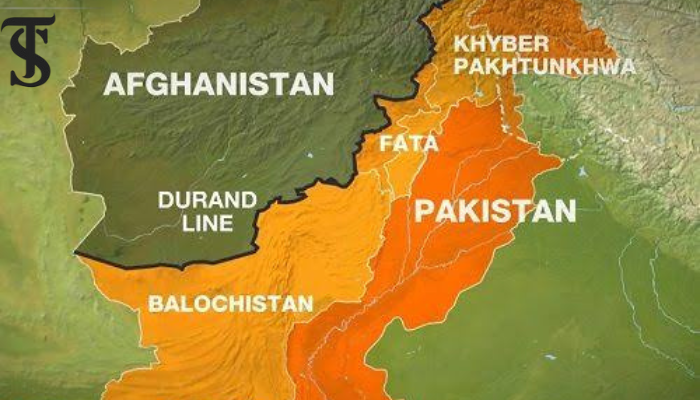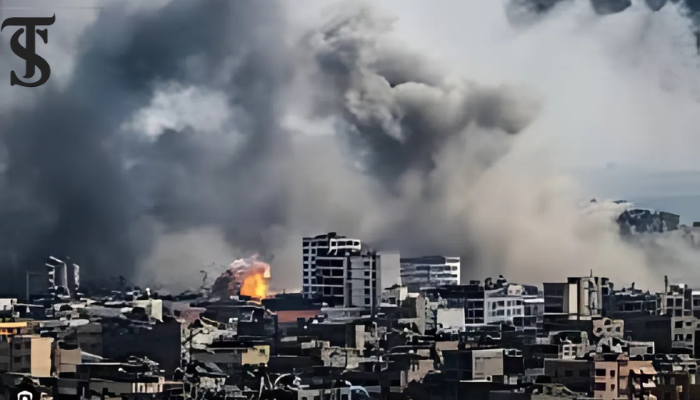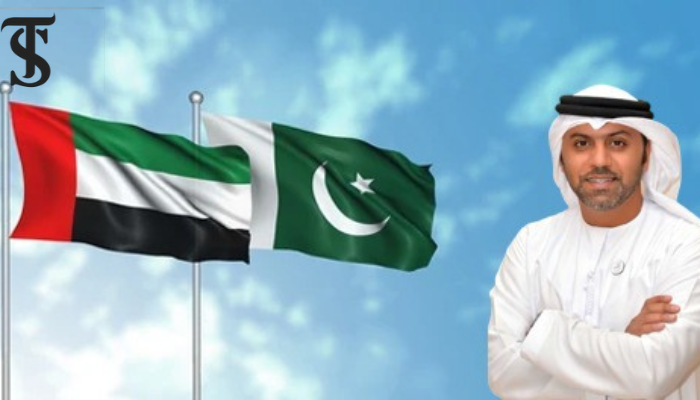Tracing the Historical and Contemporary Issues in Pak-Afghan Relations

- Historical and Ongoing Tensions: Pakistan and Afghanistan have a complex relationship marked by historical assistance and support, but also continuous tensions, particularly involving Afghanistan's alignment with adversaries like India and Pakistan’s concerns over terrorist activities from Afghan soil.
- Role of Taliban and Internal Divisions: The Taliban’s rise to power, with factions like the Haqqani and Kandahar groups, has exacerbated internal divisions within Afghanistan. Pakistan has been supportive of some Taliban factions, but relations have soured due to continued cross-border terrorism and the Taliban's inaction against groups like TTP.
- Need for Peacebuilding and Cooperation: There is a pressing need for both countries to strengthen cooperation, focusing on trade, border management, and conflict resolution. A cohesive strategy, possibly involving international organizations like the OIC, is essential to reduce tensions and address the root causes of terrorism and instability.
The Samanid Empire, which spanned Central Asia, Iran, and Afghanistan, witnessed significant historical developments that shaped the region’s dynamics. During its reign, the king of Ghazna appointed his Turk slave, Alapati, as commander and later governor. Alapati, in turn, entrusted his own slave, Subuktigin, with the role of royal guard. Subuktigin, an astute and visionary leader, eventually took control of Ghazna. His son, Mahmud Ghazni, born in Ghazna but of Turkic descent, expanded his empire through 17 devastating raids into Hindustan, leaving a legacy of plunder. Similarly, Sultan Shahabuddin Ghori, an Iranian ruler often mistaken as Afghan, occupied both Afghanistan and Hindustan. The foundations of modern Afghanistan were laid in 1747 by Ahmed Shah Abdali, also known as Durrani, who was born in Multan and belonged to the Pashtun ethnic group. Abdali frequently invaded Hindustan, driven by a relentless greed for wealth. Historically, Afghanistan was also under Mongol control for approximately 250 years.
Afghanistan’s turbulent history is often invoked by its current regime to frame their actions, drawing parallels to historical figures who exploited the region for their gain. However, many of these figures, like Mahmud Ghazni, were not ethnically Afghan and left the land as foreign powers like the British, Americans, and Russians did, motivated by greed and a lack of loyalty to the region. Despite Afghanistan’s troubled past, Pakistan has consistently extended socio-economic support, particularly during the Soviet invasion. Under General Zia-ul-Haq’s leadership, Pakistan sent thousands of jihadis to Afghanistan to counter the Red Army, leading to the eventual withdrawal of Soviet forces. Afghan refugees found shelter in Pakistan, especially in border areas, although their influx created challenges such as inflation, rising rent prices, and ethnic tensions. This period also introduced the Kalashnikov culture and a drug crisis in Pakistan.
Even after the Soviet withdrawal, Pakistan continued to support Afghanistan. When the Taliban established an interim government following the civil war and the execution of President Dr. Najibullah, Pakistan was one of the first nations to recognize their rule, alongside Saudi Arabia. However, the tragedy of 9/11, attributed to Al-Qaeda operating from Afghanistan, led to a U.S. invasion that dismantled the Taliban government. Pakistan, despite being a frontline state in the War on Terror, faced accusations of harboring Taliban leaders, including members of the Haqqani network. While Pakistan supported the U.S.-backed governments of Hamid Karzai and later Ashraf Ghani, both administrations remained aligned with India, often criticizing Pakistan.
Karzai’s regime openly accused Pakistan of interference, with Karzai famously stating, “You can hire Afghans, but you cannot outrightly purchase them.” This hostility intensified as Afghan intelligence agencies, such as the NDS, collaborated with India’s RAW to exploit anti-Pakistan sentiments The Tehrik-i-Taliban Pakistan (TTP) frequently used Afghan soil to orchestrate attacks on Pakistan, including the 2014 Army Public School (APS) massacre in Peshawar. Despite presenting evidence of Afghan involvement, Pakistan’s concerns were largely ignored, further straining relations.
The Taliban’s return to power in 2021, following the U.S. withdrawal, was initially celebrated in Pakistan. Pakistan had played a significant role in facilitating the Doha Accord and supporting the Taliban during their exile. Many Taliban leaders, including 25 members of their current cabinet, had lived in Pakistan for two decades, receiving shelter, healthcare, and financial support. Pakistan hoped for better relations with the new regime but was met with growing challenges. The TTP has intensified its attacks on Pakistan, operating from Afghan territory with apparent impunity. Although Pakistan has repeatedly sought action against the TTP, the Taliban regime claims the group’s activities are Pakistan’s internal matter, despite evidence of cross-border operations.
Tensions escalated further with the Afghan regime’s growing ties to India. Reports suggest that Afghanistan’s current defense minister, Mullah Yaqob, has close relations with Indian officials. This alignment has raised questions about Afghanistan’s loyalty to Pakistan, particularly given Pakistan’s extensive support for the Taliban over the years. The situation worsened with the assassination of Khalil Haqqani, a prominent Taliban leader and ally of Pakistan, in a drone attack in December 2024. The Taliban’s silence over the incident has deepened mistrust.
Internal divisions within the Taliban regime have further complicated the situation. The regime is split between the Haqqani group, which has historically aligned with Pakistan, and the Kandahar group, led by Supreme Leader Mullah Hibatullah Akhundzada. Hibatullah has empowered Mullah Yaqob while diminishing the influence of Sirajuddin Haqqani, the current interior minister and a known ally of Pakistan. These internal power struggles have hampered the regime’s ability to address key issues, including terrorism and regional stability.
Pakistan recently conducted airstrikes targeting TTP hideouts along the Afghan border, emphasizing its frustration with the Taliban’s inaction. However, the strikes have heightened tensions between the two nations, with the Taliban regime accusing Pakistan of violating Afghan sovereignty. Meanwhile, India has continued to exploit the situation, using Afghanistan as a base to support anti-Pakistan activities. The ongoing instability raises critical questions about Afghanistan’s future and its role in regional peace.
To resolve these issues, both Pakistan and Afghanistan must prioritize de-escalation and cooperation. The Organization of Islamic Cooperation (OIC) could play a crucial role in mediating between the two nations. Strengthening trade ties, improving border management through surveillance technology, and addressing mutual security concerns are essential steps. However, these efforts require genuine collaboration from both sides, which remains uncertain given the current climate of mistrust and divergent interests.
Despite Pakistan’s decades of support for Afghanistan, the relationship remains fraught with challenges. Historical grievances, external influences, and internal divisions within the Taliban regime have created a complex web of issues that hinder progress. Nevertheless, a cohesive strategy that addresses shared challenges could pave the way for a more stable and prosperous future for both nations.

Mian Muaiz Gul
The author is a freelance writer.





